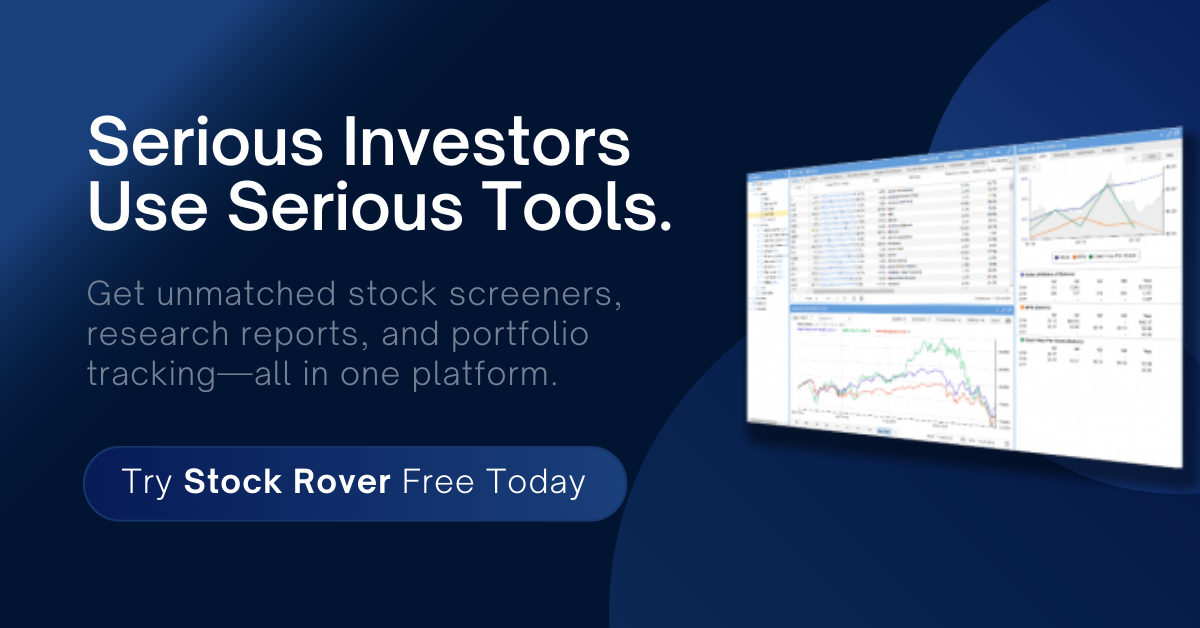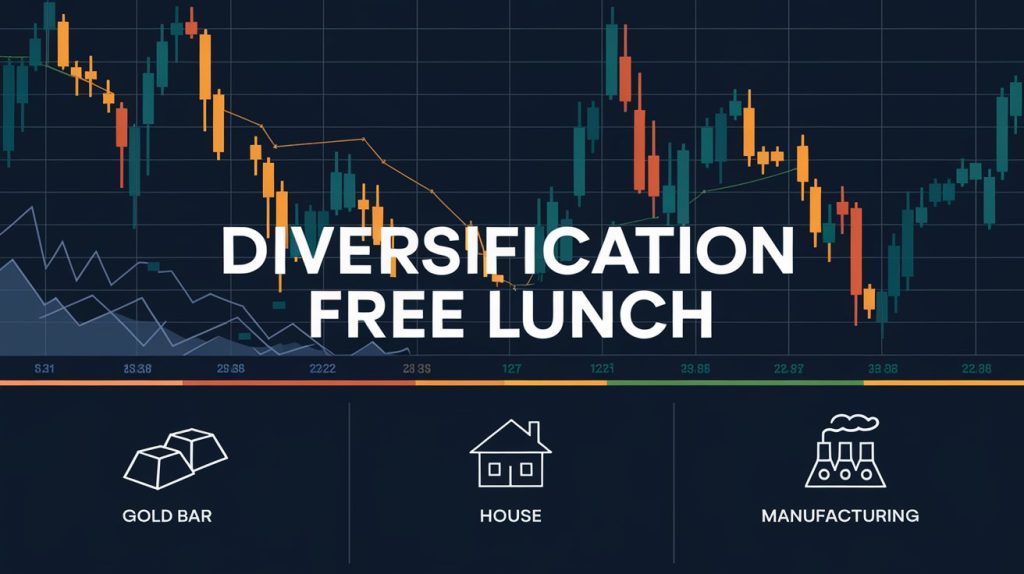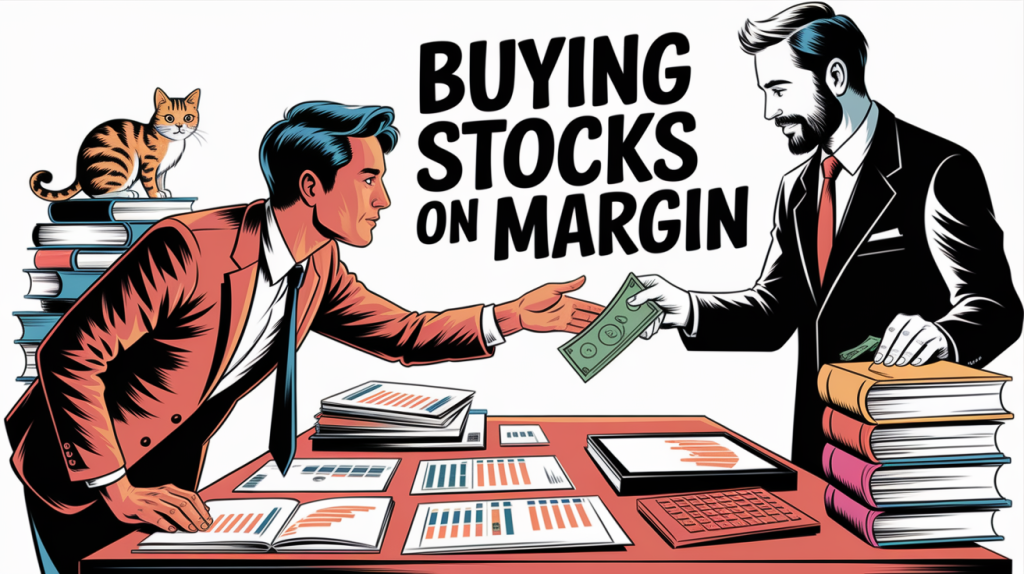
You want to buy the best available value stocks in the market today. How do you go about finding them?
What you need is a stock screener. This is a software or website that allows you to find stocks based on the criteria that you define. Most people know to look for value stocks using elementary multiples analysis. For example, you may look for stocks that can be bought for less than 15 times EPS, or less than 1 times Book Value Per Share. These are good, but often value stocks are not that obvious to find. You need more sophisticated value stock screener criteria. Below I will list some of my favorites.
Value Stock Screener Criteria
- Growth at a Reasonable Price – This is similar to Low PEG ratio filter, and likely many shortlisted stocks may be common. However, we are actually considering the sales and EPS growth in the past 5 years, and possibly the projections.
- Piotroski High F-Score – Looking for companies with solid financials that is only getting better using a checklist approach developed by Joseph Piotroski.
- Greenblatt’s Magic Formula – Joel Greenblatt wrote a book called The Little Book that Beats the Market. In this book he laid out his stock selection criteria called The Magic Formula.
- Traditional Value Screens Using P/E ratio and P/B ratio – You can use these together or separately, or you can combine them into what is called Graham Number.
- Margin of Safety – Margin of Safety is a concept developed by Benjamin Graham. This not only accounts for a discount to the intrinsic value, but in the process it creates an insurance against risk of omission or miscalculations.
- Graham Enterprising Investor Screen – For an enterprising investor willing to take a little more risk for better gains, Ben Graham devised his Enterprising Investor Screen. This tests for financial strength, EPS trends, and dividends in addition to valuation.
- Buffettology Inspired – Based on the criteria defined in the best selling book Buffettology. This screen looks back 10 years to find solid profitable companies selling at good price.
- Low PEG Ratio – In a nod to Peter Lynch, one of the best known proponents of combining value with growth in a single metric.
I run a few other screens, mainly based on dividends and a few other criteria. I run these screens separately for small/micro cap stocks, mid cap stocks and large cap stocks. I do this by adding a filter for market capitalization.
Hand Reviewing the Stocks Found in the Stock Screens
Each of these screeners can return 0 to as much as 100 stocks, sometimes more. If any of these screeners return more stocks than I can handle, I sort them according to the criteria I deem most important, and pick the top 10 o 20 to review.
Essentially, these screeners are only the first pass at finding great value stocks. You should not blindly buy the stocks returned by the screeners. Value investing is an art as well as science, and the art lies in your ability to separate wheat from the chaff.
A vast majority of the stocks that you find in any one screener, may not pass some other criteria you may have for great value stocks. For example, you may find a stock showing excellent valuation based on Graham Number, but on further review, you find that its F-Score is abysmal 3, which means the company will likely face financial issues before long. This stock is cheap for a reason, and may be a value trap. It is your job to review each of these stocks manually to remove the ones that do not fit your criteria.
Stock reviews, or deep dives, take time. I spend a lot of time reading financial reports, press releases, sometimes listening to their past earnings calls, etc. I go through their statements with fine toothcomb to find reasons to discard the stock from consideration. Once I have satisfied myself that no such reason exists, then and only then I consider the stock for addition to the portfolio.
Adding Stock to the Portfolio
Once I decide that a stock can be purchased, I need to determine how much to allocate to this stock. I use Kelly Criterion to determine the optimal allocation to the stock in the portfolio. My calculations take into account the existing stocks in the portfolio and the correlations between all the stocks. This ensures that not only the portfolio performance will be maximized, but the volatility is minimized and the risk of permanent capital loss is eliminated.
Below is the article I wrote for my newsletter subscribers that you can read. You can also download ALL of the screener criteria I use, and if you use Stock Rover, you can just import these criteria in your account and start investing.
Photo by Chris Liverani on Unsplash

Shailesh Kumar, MBA is the founder of Astute Investor’s Calculus, where he shares high-conviction small-cap value ideas, stock reports, and investing strategies.
His work has been featured in the New York Times and profiled on Wikipedia. He previously ran Value Stock Guide, one of the earliest value investing platforms online.
Subscribe to the Inner Circle to access premium stock reports and strategy insights.
Featured in:








